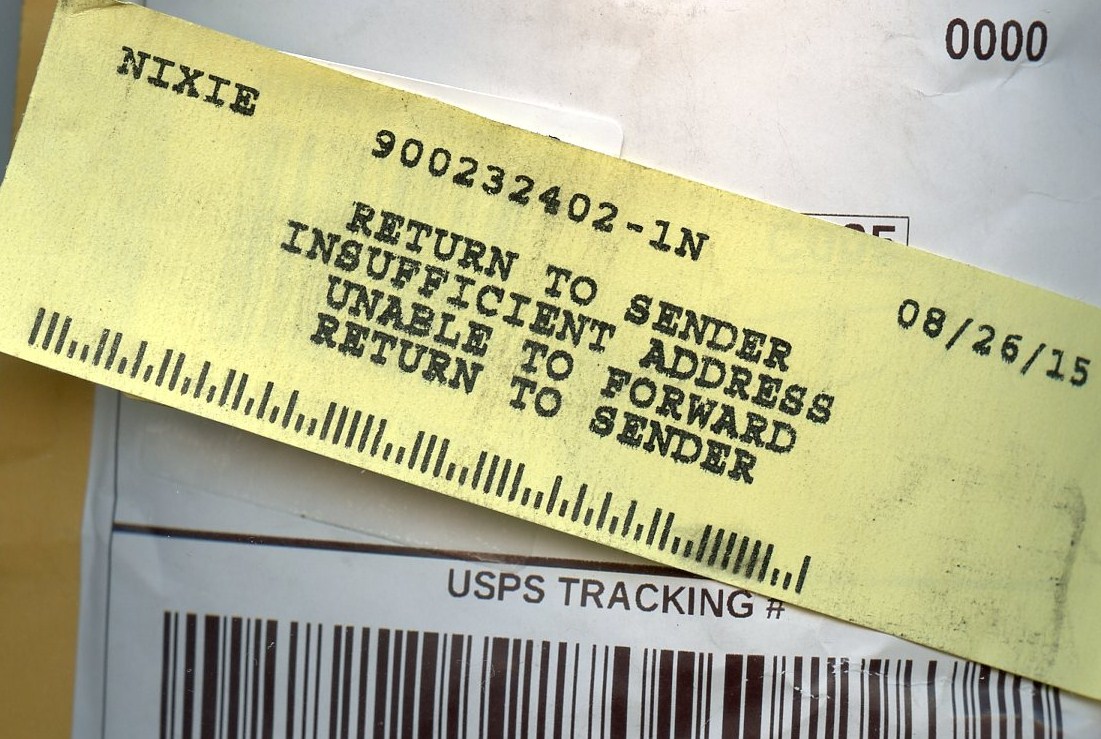

- #Sender throttled due to continuous send as denied errors how to#
- #Sender throttled due to continuous send as denied errors software#
First of all, turn off or disable the “multipart” option on the copier or scanner. If this looks ok, check the Sender Domain records for your domain.ĥ50 5.7.750 Service unavailable / Client blocked from sending from unregistered domains- Check to see if your IP address or domain is blacklisted.ĥ54 message/partial not supported/ 554 5.6.1 Messages of type message/partial are not supported- If you are sending from a printer or a scanner, it may be that the content exceeds the default scan size of 2MB. Try testing your email content using Mail-Tester.ĥ50 You are not allowed to send from that email address> #SMTP#- Check the “ Restricted Senders” list on your SMTP2GO dashboard to ensure that there are no restrictions on the email addresses that you are allowed to send from. To unblock this email address, just to go the “ Suppressions” page of your SMTP2GO dashboard.ĥ21 5.2.1 : AOL will not accept delivery of this message.- It is possible that your email is too spam-like or that your IP address is on a blacklist. Our servers automatically block hard-bounced email addresses from being sent to. Previously hard-bounced- This means that an email to this recipient email address previously bounced. No immediate delivery: load average- Our servers are overworked, but we have queued your email and it will be sent soon. Body content that triggers spam filters may include too many capitalised words, poor grammar and or spelling, overuse of punctuation, lack of an unsubscribe link or incorrect HTML links. We recommend testing the content of your email using Mail-Tester.
#Sender throttled due to continuous send as denied errors software#
Please revise your message before resending.- It may be that something in the body of your email triggered a spam filtering software to reject your message. This email matches a profile the Internet community may consider spam. To resolve this, simply include one recipient email address in the TO header, and CC or BCC and other recipients. IB703- This error is sometimes generated by emails sent to the Bigpond (Australia) servers when two or more recipients are included in the TO header. If there is an issue here, you’ll need to speak to your DNS provider who can fix this for you.ĥ52 5.2.0 Suspected spam message rejected. Be sure to use the “DNS Propagation” option to see if it’s a problem with all of the DNS servers.
#Sender throttled due to continuous send as denied errors how to#
If this is something that you’re interested in, you may want to check out how to use Postfix for email sending.Ĥ50 DNS Lookup Fail- This error is often generated when the domain name does not have a valid MX Record. You can also try using an SMTP Pipelining Protocol. You’ll need to check that your concurrent connections setting isn’t set to any higher than this. Too Many Connections- When sending emails through your SMTP2GO account, you can have up to 40 concurrent SMTP connections. SSL is available on ports 465, 8465 and 443. Then, try testing our other port numbers. We recommend using port number 8025, 587, 80 or 25 with TLS. Here are some of the most common email delivery errors that we see, and how you can resolve them:Ĭonnection Timed Out– First of all, check that your firewall isn’t restricting your emails from being sent. Once an email has been hard bounced, it is also called a “rejected email”. If you find a hard bounce that you think may work again, you can unblock it from the ‘ Reports > Suppressions‘ page in your SMTP2GO control panel. A soft bounce may be caused by a temporary issue with the recipient server, for example, if their DNS server is down, or their mailbox may be full.Įxample of a hard bounce: The email account that you tried to reach does not existĮxample of a soft bounce: Recipient address rejected: Mailbox fullĪ bounce is a final result for an email, so regardless of whether it’s a soft or a hard bounce, our servers will not continue attempting to send the email.

An example of a hard bounce is an email sent to an invalid email address. A hard bounce is a permanent error and a soft bounce is a temporary one. To start off, it’s important to know the difference between a hard bounced email, and a soft bounced email. We’re here to clear up some of the meanings behind the most frequently occurring email delivery errors so that you can improve your sending in the future. These errors can be extremely helpful in figuring out why your emails have bounced or have been rejected. Have you wondered what your email delivery errors mean?


 0 kommentar(er)
0 kommentar(er)
